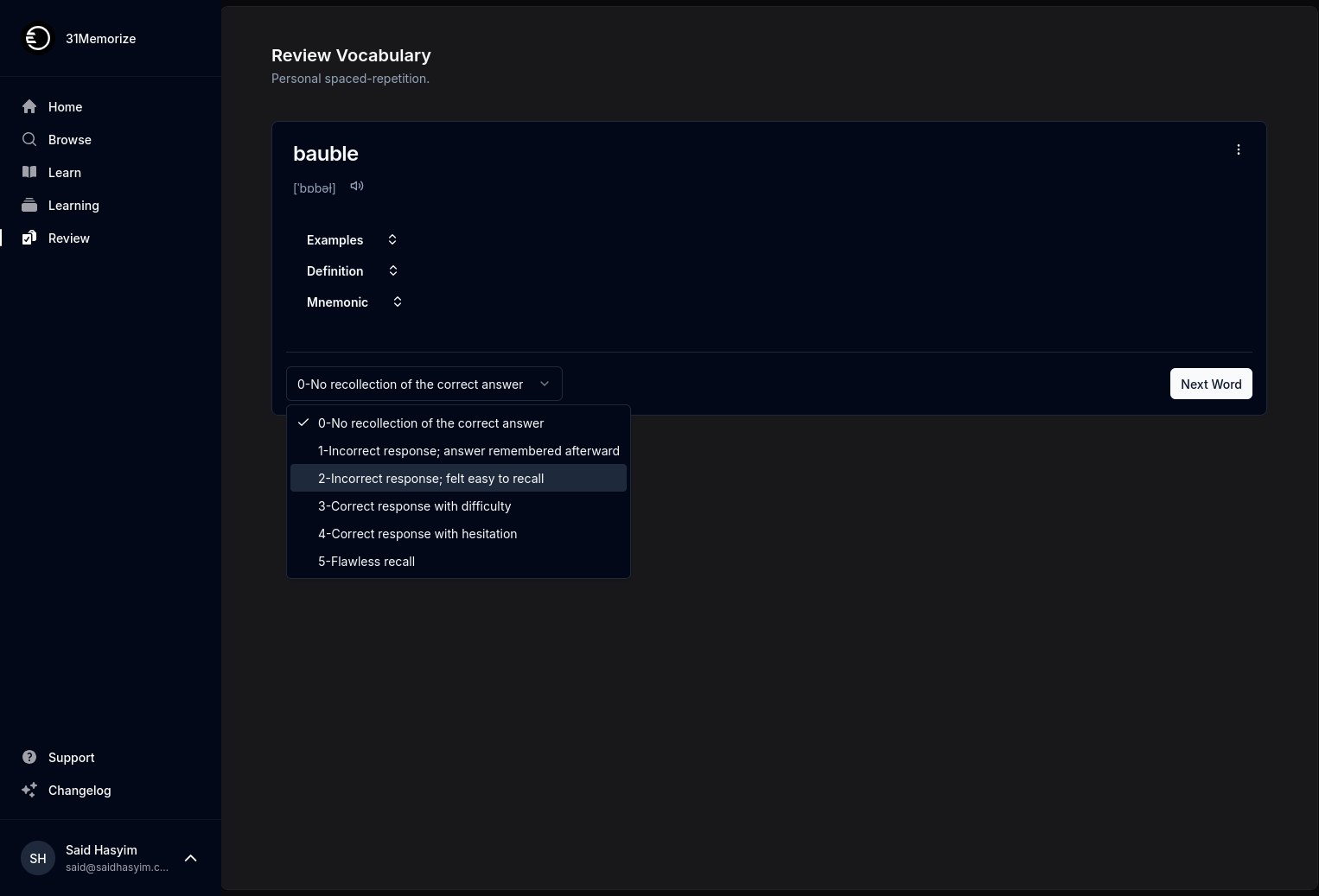Spaced-Repetition Learning: Risks and Rewards
Spaced-repetition is a learning technique that optimizes the process of absorbing information by leveraging the psychological spacing effect. This technique has gained popularity in recent years, particularly in the field of language learning and memory enhancement. While the benefits are numerous, it’s essential to also consider the risks associated with this approach. In this blog post, we’ll explore both the rewards and pitfalls of spaced-repetition learning, providing a balanced view of its effectiveness.
What is Spaced-Repetition?
At its core, spaced-repetition is a method designed to combat forgetting by strategically placing intervals of time between review sessions. The idea is simple: when a learner encounters information, their chances of retaining that information decrease over time. By revisiting that information at increasingly spaced intervals, the learner reinforces their memory and enhances long-term retention.
The process typically follows these stages:
- Initial Learning: A new piece of information is learned and stored in memory.
- First Review: After a short period (e.g., a day or two), the information is reviewed. This reinforces memory.
- Subsequent Reviews: The interval between reviews gradually increases (e.g., one week, one month, three months).
This technique is grounded in cognitive science, with substantial research backing its efficacy. It aligns with theories on how our brains naturally optimize memory retention and learning.
The Rewards of Spaced-Repetition Learning
1. Enhanced Memory Retention
One of the most significant benefits of spaced-repetition is its ability to improve retention. Studies have shown that spaced learning contributes to stronger memories than massed practice (i.e., cramming). As learners engage with the material multiple times over extended periods, they form more durable neural connections associated with the information.
2. Efficient Use of Time
When learning something new, time is often a limited resource. Spaced-repetition allows learners to study smarter, not harder. By focusing on material that they are on the brink of forgetting, individuals can maximize their study sessions’ effectiveness, making better use of their time.
3. Increased Motivation and Reduced Anxiety
The structured nature of spaced-repetition can lead to greater motivation and a sense of accomplishment. As learners see their progress and experience the satisfaction of remembering information over long periods, they may feel less anxious about their learning and retention, fostering a positive feedback loop.
4. Personalization of Learning
Many spaced-repetition systems adopt algorithms to customize review schedules based on individual performance. This tailored approach means learners can engage with content at a pace and frequency that works for them, often leading to more profound understanding and retention.
5. Versatility Across Subjects
Spaced-repetition can be applied across various domains, from vocabulary acquisition in language learning to memorization of historical dates and scientific concepts. This adaptability makes it a powerful tool for learners of all ages and backgrounds.
The Risks of Spaced-Repetition Learning
While spaced-repetition offers significant benefits, several risks and potential drawbacks must also be taken into account.
1. Over-Reliance on Technology
As spaced-repetition becomes more popular, various apps and software solutions have emerged to facilitate the learning process. However, this reliance on technology can sometimes hinder the development of critical thinking and creativity. It may create a passive learning environment where learners depend solely on systems for their education, rather than actively engaging with the material.
2. Ineffective Learning Methods
Simply incorporating spaced-repetition does not guarantee effective learning. If the material itself is poorly presented or difficult to understand, spaced-repetition can reinforce misunderstandings effectively. It’s crucial to combine this technique with effective study methods (like active recall) to maximize retention.
3. Potential for Boredom
As learners repeatedly engage with the same content, they may experience boredom or mental fatigue. This repetitiveness can lead to disengagement, where repetition becomes a chore rather than an engaging process. To mitigate this, it’s essential to incorporate diverse methods of learning, such as discussing concepts with peers, applying knowledge in practical scenarios, or using different study materials.
4. Mismanagement of Review Intervals
For spaced-repetition to be effective, intervals need to be maintained accurately. Overly compressing review sessions can lead to burnout, while extended gaps may result in forgetting. Learners may struggle to find the right balance, especially without properly designed software or an understanding of their own learning styles.
5. Not a One-Size-Fits-All Solution
While spaced-repetition works well for many, it is not universally applicable. Individuals have different learning preferences. Some may thrive in environments that emphasize immediate feedback or hands-on practice. Thus, it's critical to assess whether this technique suits your personal learning style.
Conclusion
Spaced-repetition learning stands out as a powerful tool in the arsenal of modern educational techniques. With its ability to enhance memory retention and promote efficient study habits, it's no wonder that it has gained traction among learners across the globe. Nevertheless, it’s important to approach this technique with mindfulness, considering the inherent risks that come with its use.
Ultimately, the rewards of spaced-repetition—when coupled with an understanding of its potential pitfalls—can lead to a more effective and rewarding learning experience. By integrating spaced-repetition with varied study strategies, a personalized learning approach, and an awareness of one's learning preferences, individuals can genuinely harness the full potential of this fascinating technique. Whether you’re a student in a classroom or a lifelong learner, spaced-repetition has a place in your educational journey—just be aware of how to navigate its rewards and risks.
